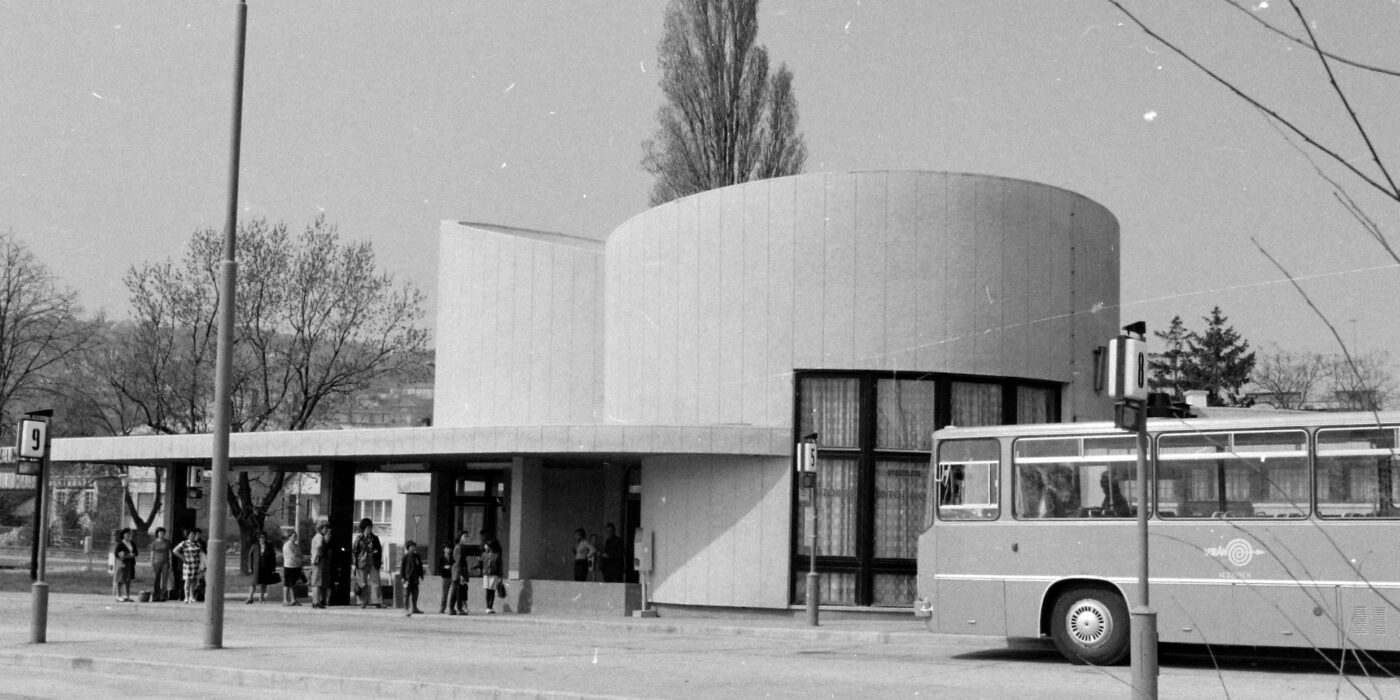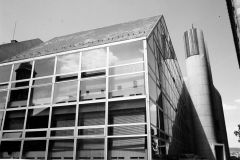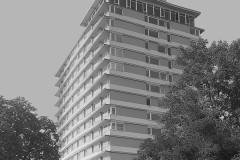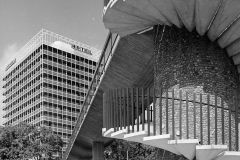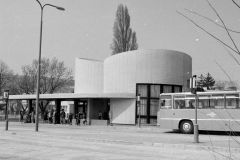The Role on Online Communication within the Social Processing of the Heritage of the Late Modern
Text: Károly Zubek
In the recent period, our late modern architectural heritage has repeatedly become one of the main topics of architectural discourse, although mostly this happened in connection with the endangerment or demolition of houses. Just to mention a few examples, the public opinion interested in architecture was stirred up in connection with the demolition of the National Load Balancer and Diplomat’s House in the Castle Quarter of Budapest. At the same time, apathy and often distaste for modern-late modern buildings can be observed among a significant part of society. There may be many reasons behind it, the unravelling of which is an extremely complex process, but at the same time, it can be treated as a fact that there is no social commitment to our late modern architecture that can properly manage this heritage. In connection with this, the question may arise as to what tools we have as architects, with which all this can be placed in a new context and social activity can be created. In the following, I would like to use a special type of possible communication channels, entering the online space, to find the answer to the question of what are the methods that go beyond the traditional architectural toolset, which can help in the social processing of our late modern architectural heritage. I would like to explore these possibilities in the context of a case study: through the online communication of the modern heritage of Balatonalmádi, a settlement with a significant late modern architectural heritage.
